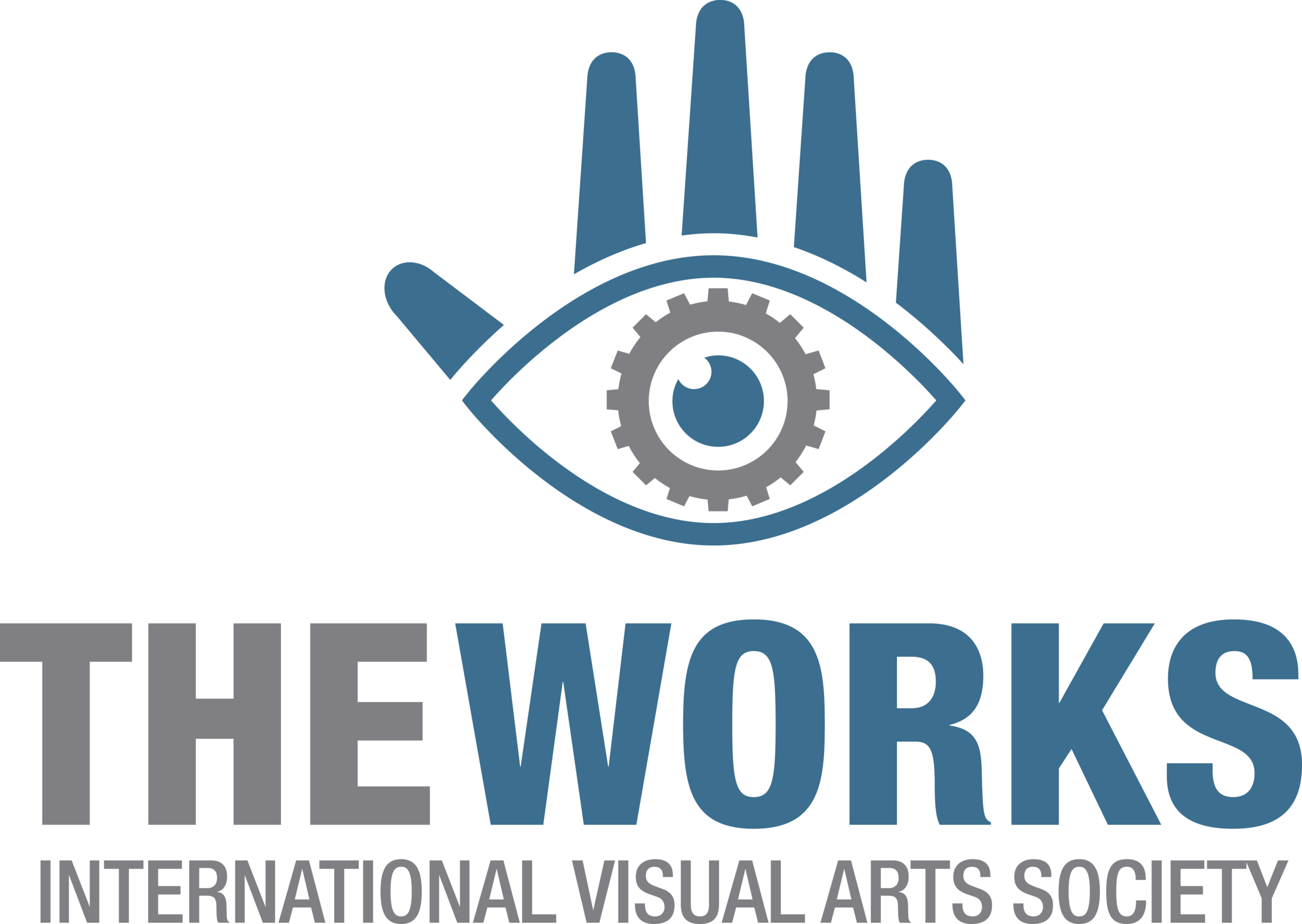Ryan M. Wispinski, Gatekeepers - Acceptance, Mask pair – bark, jute hair, wild boar tusk, 2012. The Westin Edmonton, Photograph by Au7umn.
Born into a creative family, Ryan Wispinski learned to carve wood during his childhood and has since incorporated other mediums such as stone, paper, pen, and ink. His latest exhibit We Will ART YOU! features a large, intricate ink drawing and several attractive wood carvings that encourage people to take a closer look. As seen in works such as Bat in Fir, Red Shoulder Hawk, and Hunter, each of them contains intricate details that enhance their realism, also revealing the numerous hours of labour and care devoted to them.
Deep personal meaning and memories are associated with his works. For Wispinski, each act of artistic creation is an open-ended process of discovery and a fulfilling journey that viewers are invited to experience. It is never evident what path his new creations may take, although it may become clearer as his work progresses. However, there are instances, such as for Whiskey in the Coffee, in which the work may end up being something that is still in the creative process, that Wispinski may never feel is complete.
His evolving practice is characterized by an intuitive and meditative process that draws inspiration from various sources and life experiences. Functioning as a form of personal therapy, his creation of art also becomes a way to connect with people as well as reduce the societal stigma around mental illness. For example, he attaches great significance to Serpent and Mask as it has been a part of many life stories and exhibits over the years. For The Three Turtles, he worked on this piece over nine months, during which he lost a friend as well as others who have struggled with mental health issues.
Wispinski previously participated in The Works Art & Design Festival 2015, during which he invited the public to join him within his creative space while he worked. His current exhibit is available for viewing at the Westin Hotel until late August.





